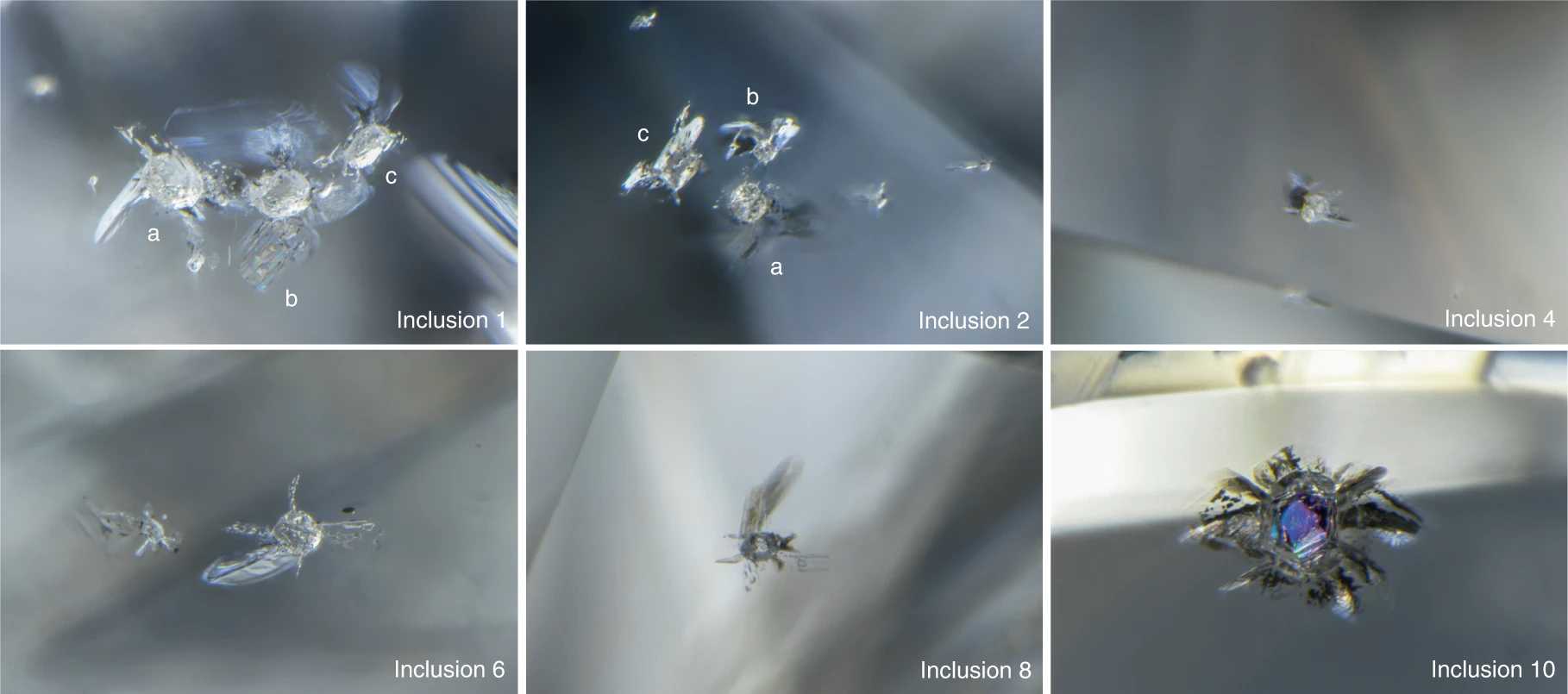The Earth is an ever-evolving planet with so much still unknown about it. With the advancement in technology, we are uncovering many hidden mysteries. An international team of researchers analyzed a rare diamond, which was believed to have been formed at a depth of around 410 miles below Botswana.

The study, published in the journal Nature Geoscience, revealed that the region between the upper and lower mantle of our planet may not be as solid as we once thought.
The boundary between our planet’s upper and lower mantle – a region known as the transition zone, which reaches hundreds of miles into the Earth’s interior – holds far more trapped water and carbon dioxide than previously thought.
The research could have far-reaching implications on our understanding of the Earth’s water cycle and how it evolved into the oceanic world we know today over the last 4.5 billion years.
Frank Brenker, researcher at the Institute for Geosciences at Goethe University in Frankfurt and his team demonstrated that the transition zone is not a dry sponge, but holds considerable quantities of water. According to Brenker, “this also brings us one step closer to Jules Verne’s idea of an ocean inside the Earth.”
While this vast reservoir is likely a dark slurry of sediment and hydrous rock – and at near-inconceivable pressures – it may be extraordinary (perhaps world’s largest) in total volume.
“These sediments can hold large quantities of water and CO2,” Branker said. “But until now it was unclear just how much enters the transition zone in the form of more stable, hydrous minerals and carbonates – and it was therefore also unclear whether large quantities of water really are stored there.”
According to the statement, the transition zone alone might hold up to six times the quantity of water found in all of Earth’s oceans combined.
The diamond studied originated from a location of the Earth’s mantle where ringwoodite – an element that only develops at high pressures and temperatures in the Earth’s mantle yet can store water fairly well – is abundant. The smoking gun for the researchers: the studied diamond included ringwoodite, and therefore water as well.
After researching a comparable diamond in 2014, scientists assumed that the Earth’s transition zone housed lots of water, but latest data lends support to the theory.
“If you only have one sample, it could just be a local hydrous region,” Suzette Timmerman, a mantle geochemist and postdoctoral fellow at the University of Alberta, who was not involved in the study, told Scientific American, “whereas now that we have the second sample, we can already tell it’s not just a single occurrence.”
After all, don’t forget that oceans cover around 70 percent of the Earth’s surface so it shouldn’t be surprising that when it comes to exploration, we’ve only just scratched the surface. So far, human eyes have only seen around 5 percent of the ocean floor – means 95 percent is still unexplored. Imagine how many mysterious things this subterranean ocean could actually host in it.
Theres so much we are yet to find out about our own planet. The discovery has important implications for our understanding of the Earth’s water cycle and the origins of life on our planet. We look forward to future research on this topic that will undoubtedly shed more light on this intriguing discovery.
The research originally published in Nature Geoscience in September 26 2022.




